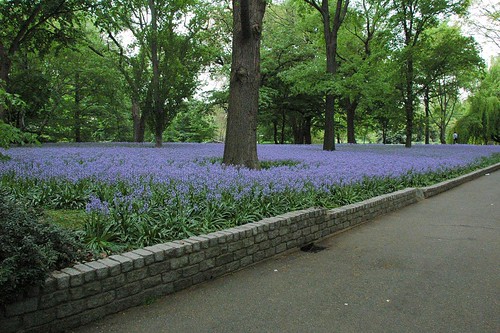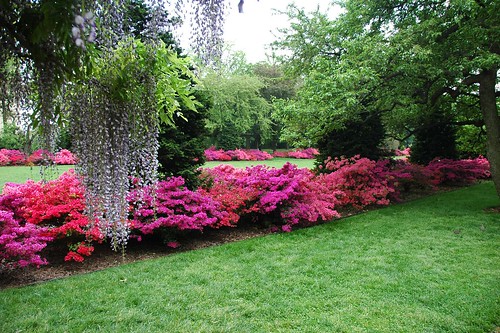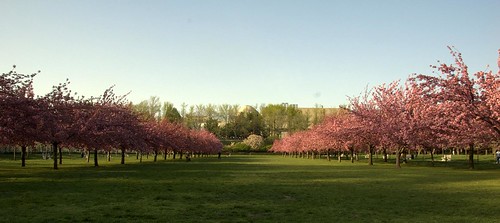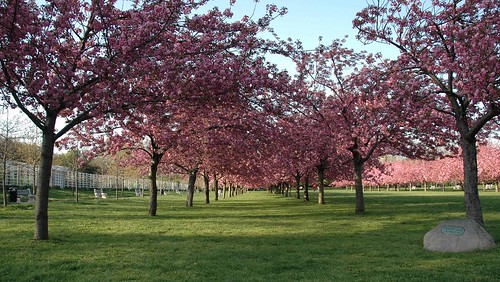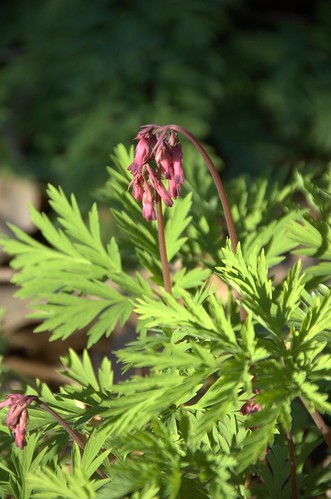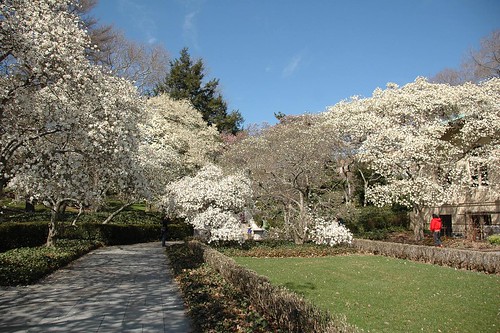As both a supporter of the Brooklyn Botanic Garden (BBG), and a member of the Garden Writers Association (GWA), I’m proud to note that BBG received four GWA Media Awards earlier this year. Although GWA announced the awards back in April, the Brooklyn Eagle reported it today:
Brooklyn Botanic Garden (BBG) received four 2008 Silver Awards of Achievement from the Garden Writers Association (GWA) — the nonprofit association of professionals who communicate about horticulture, gardening, and the environment.
This national award recognizes individuals and companies who achieve the highest levels of talent and professionalism in garden publications. The awards aim to provide public recognition for excellence in gardening-related communications in all media.
– Brooklyn Botanic Garden Receives Awards From Garden Writers’ Group, Brooklyn Eagle, June 11, 2008
The four awards are:
- Illustration: Book, to Sam Tomasello for Gardening with Children
- Graphic Design: Cover, to Elizabeth Ennis for “Drawing From Life Exhibition Catalog” (Maud Purdy drew the beautiful illustration of ‘Heavenly Blue’ that graced the cover, back in 1932.)
- Overall Product: Book, for Gardening with Children. Shared with Texas A&M University Press for Doug Welsh’s Texas Garden Almanac.
- Overall Product: Electronic Media,
for “Big City, Big Trees”
In addition, the American Horticultural Society (AHS) awarded its first-ever Citation of Special Merit to BBG for the Garden’s All-Region Guide series. The Brooklyn Botanic Garden All-Region Guides are the only series of popular gardening books published by a botanic garden in North America.
Links
Brooklyn Botanic Garden Receives Awards From Garden Writers’ Group, Brooklyn Eagle, June 11, 2008
BBG Press Release, June 6, 2008
2008 GWA Media Awards
2008 AHS Book Award Winners



